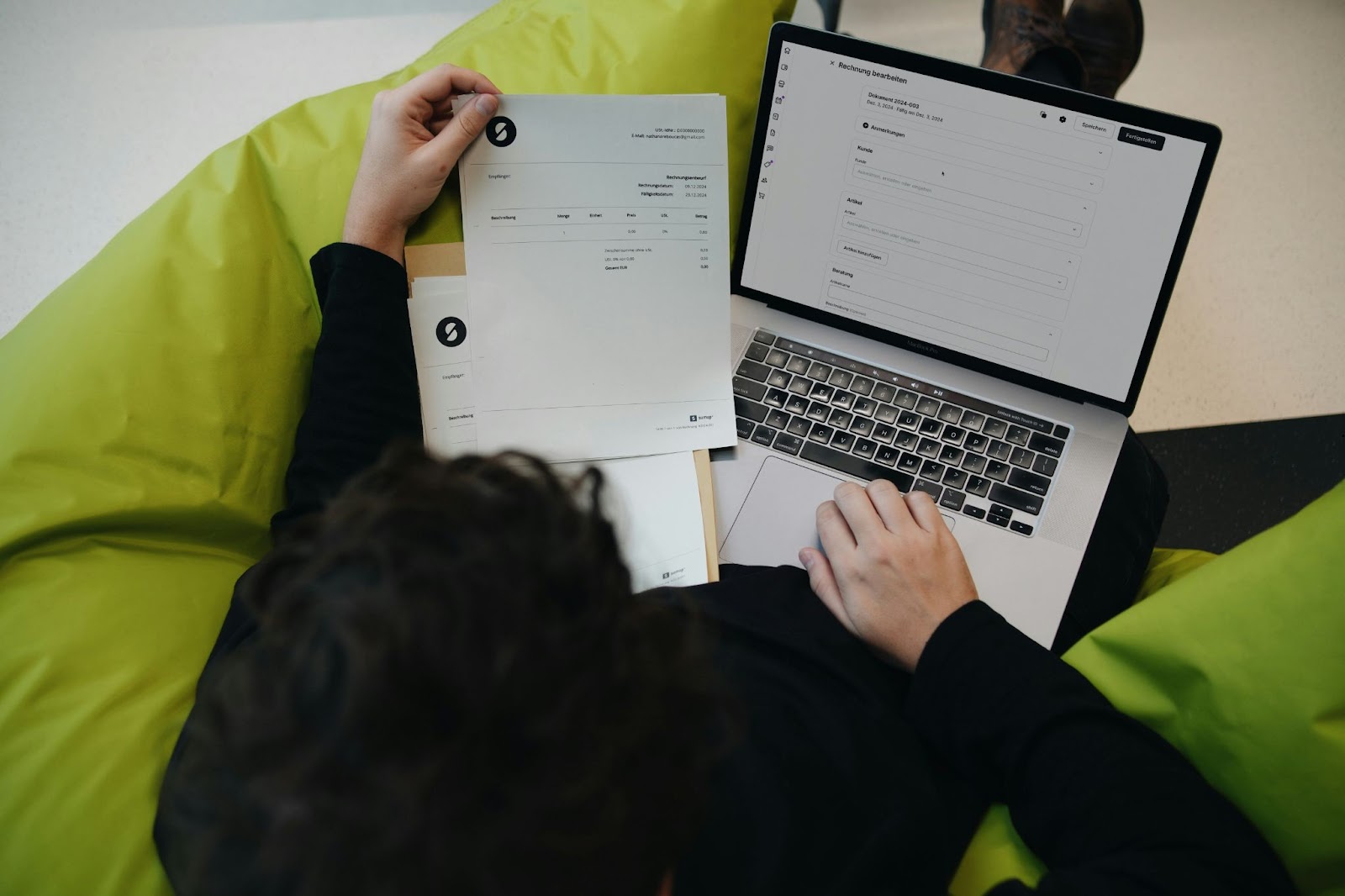Time Tracking Software: A Breakthrough for Remote Teams
Remote teams excel with time tracking software that boosts productivity, enhances transparency, and prevents burnout. With automated logging and real-time updates, it streamlines workflows and optimizes task management. By ensuring fair workload distribution, it fosters collaboration and efficiency for remote workers and freelancers alike.
Time Tracking Software :
Time tracking software works as a monitoring system that keeps track of employee work hours to show team productivity levels. The system lets teams track their work hours to hold each other responsible and improve how tasks move through the process.
Transformation of Remote Work through
Time Tracking software
- Enhances Productivity and Accountability
Time tracking system helps employees remain focused by blocking interruptions. Workers become more aware of their work time and use it better to deliver better results. Managers see exactly what their teams do at any moment which helps them plan work better.
- Improves Project Management
Time tracking software tracks remote teams performing their tasks to ensure they keep pace with the timeline plan. The system lets managers assign tasks properly to avoid workload problems and spot trouble spots before they become serious. Managers can use real-time data to enhance processes so tasks finish on time without problems which results in increased project success.
- Ensures Fair Compensation and Billing
Time tracking software accomplishes accurate hour documentation which leads to proper payment for freelance work and employee work. The system creates automated invoices and decreases billing disagreements while processing payroll steps. Businesses can track project costs effectively through transparent work logs which enable correct client billing and employee compensation based on actual work hours.
- Reduces Burnout and Enhances Work-Life Balance
Time tracking software enables employees to handle their workloads efficiently through its ability to stop overwork.The software promotes healthy work habits by sending break reminders and ensuring balanced task distribution for optimal productivity. Managers use workload pattern identification to adjust work schedules for maintaining employee productivity without burnout which produces better job satisfaction together with improved well-being.
Key Features to Look for in Time Tracking Software
- Automated Time Tracking
Precise work hour records become accessible through eliminating the requirement for manual entries in automated time tracking processes. The system provides employees with uninterrupted work time and managers receive precise work pattern insights which enhances both productivity and workflow optimization.
- Enhancing Productivity and Security with File Tracking
Time tracking software helps companies monitor who accesses and modifies files to protect their business operations. The system tracks what users do with files while keeping track of past versions and spotting when people access files without permission. It also shows how long users work on each file. The monitoring system meets essential security needs for work teams who use different locations and outsourced contractors.
- Detailed Reports and Analytics
Time tracking software enables managers to analyze employee performance, monitor productivity, and track project progress with greater clarity. Businesses use trend analysis results to support team performance growth while using their resources wisely to run operations better.
How to Implement Time Tracking Software Successfully
Adopting new software can be challenging, but a smooth implementation ensures better acceptance :
- Begin by Teaching Employees How the Tool Works and What It Offers Them
Explain to employees how the tool helps them manage their work better than how it tracks their activities. Begin by showing how the tool makes work processes run better and helps you track your work while doing more in less time. First explain the tool’s positive impact on time handling and data upkeep then introduce its monitoring features. The method helps staff view the software as an assistance tool instead of a monitoring device.
- Establish Specific Rules to Show What Needs Monitoring
Create open guidelines that show employees which work aspects they must monitor including their work schedule, project duties or billable hours. Share explicit information about the data usage which helps in improving workplace efficiency while preventing surveillance. When employees understand the tracking rules they trust the system more easily.
- Teach Staff Members Through Training Workshops
Show employees how to use the software by teaching them each step. Show users how the system tracks time and creates reports while linking with other tools. When employees need help, provide answers and instructions to let them handle the platform with ease. Show employees how to use the platform and describe its value for doing their work better.
- Ensuring Data Privacy While Enhancing Workplace Efficiency
Inform staff members that their information stays secure because of encryption and restricted access. Tell employees that the system exists to boost their work efficiency rather than track their activities. Running open data practices and secure technology systems helps companies build trust which helps people accept the platform without problems.
Conclusion :
Time tracking software tracks team performance and makes work more efficient to create complete openness in remote teams. It makes better project planning and helps employees maintain salaries by assisting them in sharing equal workloads. Your remote team will perform better and simplify work activities by using time tracking programs.







